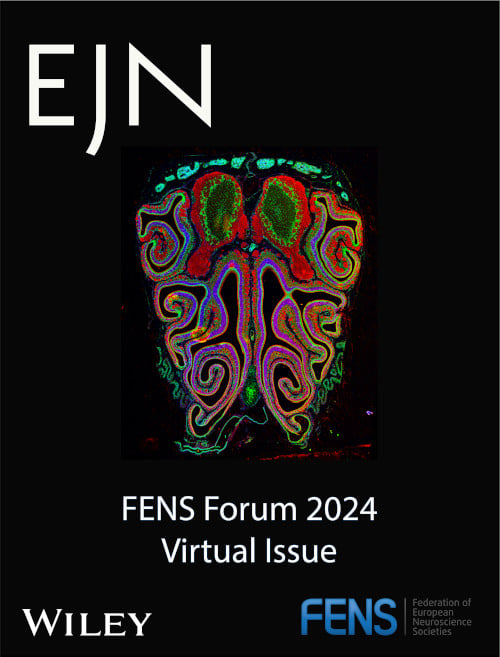Journal list menu
Export Citations
Download PDFs
Articles
Cellular and molecular mechanisms controlling the migration of neocortical interneurons
- First Published: 08 May 2013
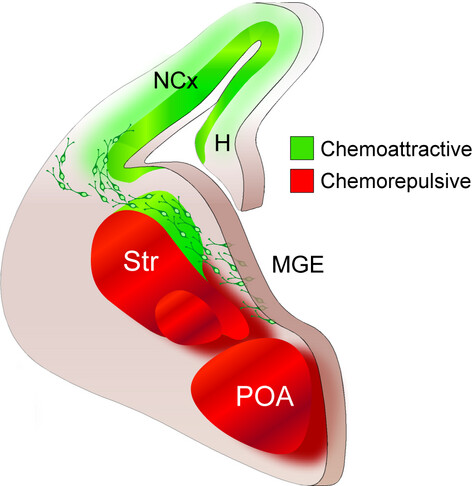
The goal of the present review is to discuss our current understanding of the cellular and molecular mechanisms controlling the migration of cortical GABAergic interneurons, with an emphasis on those migrating to the neocortex. The data summarized here demonstrate that different mechanisms operate at distinct phases in the migration of interneurons from the subpallium to their final destination in the neocortex.
FENS-Kavli Network of Excellence: Science needs strong European cohesion
- First Published: 02 September 2022
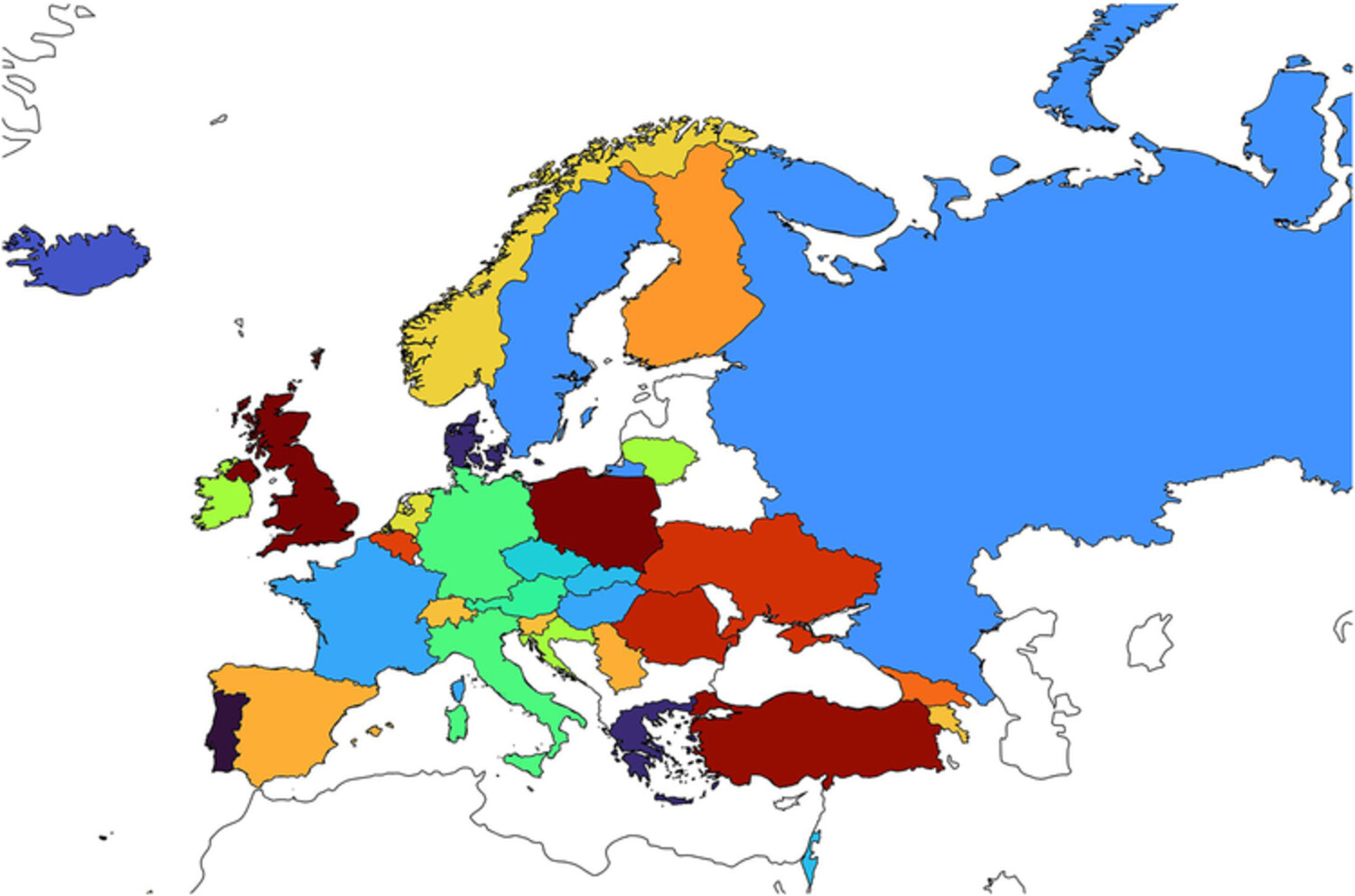
Decades of scientific collaboration have brought innovation, prosperity and wide societal benefit to Europe. However, recent political events have impacted pan-European research and collaborations, and solutions are yet to materialise. Here, we argue that a vibrant, united European Research community led by its members and independent from political bodies is needed for Europe to remain a successful, interconnected scientific hub and keep delivering globally competitive science. The Federation of European Neuroscience Societies (FENS) is in an ideal position to play a paramount role in this endeavour.
Luminance, but not chromatic visual pathways, mediate amplification of conditioned danger signals in human visual cortex
- First Published: 28 July 2013

Experience shapes visual cortical processing in humans, but the mechanisms mediating experience-related sensory changes are poorly understood. We used stimuli driving different aspects of the visual brain as conditioned threat cues in a classical differential fear-conditioning paradigm. Electrophysiological recordings showed pronounced visuo-cortical changes in retinotopic areas when threat was conveyed by luminance, but not chromatic stimuli.
Temporal orienting in Parkinson’s disease
- First Published: 15 January 2021
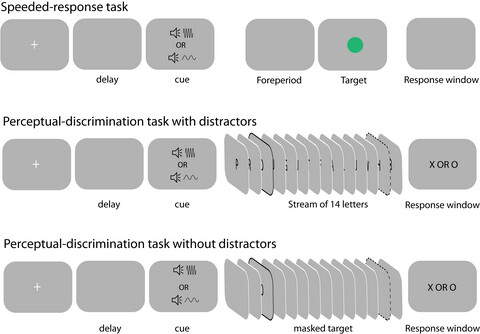
Temporal orienting of attention can affect multiple stages of processing to guide adaptive behaviour. We tested whether temporal expectation in different task contexts is compromised in individuals with Parkinson’s disease (PD). In Experiment 1 two temporal-orienting tasks were used: a speeded task emphasizing motor preparation and a non-speeded task emphasizing perceptual discrimination using rapid serial visual presentation (RSVP). In both tasks, auditory cues indicated the likelihood of a target appearing after a short or long interval. In the speeded-response task, participants used the cues to anticipate an easily detectable target stimulus. In the non-speeded perceptual-discrimination task, participants used the cues to help discriminate a target letter embedded in a stream of letters. Relative to healthy participants, participants with PD did not show altered temporal orienting effects in the speeded-response task. However, they were impaired in using temporal cues to improve perceptual discrimination. In Experiment 2, we tested whether the temporal-orienting deficits in the perceptual-discrimination task depended on the requirement to ignore temporally distracting stimuli. We replicated the impaired temporal orienting for perceptual discrimination in an independent group of individuals with PD, and showed the impairment was abolished when individuals were on their dopaminergic medication. In a task without any distracting letters, however, patients off or on medication benefited normally from temporal orienting cues. Our findings suggest that deficits in temporal orienting in individuals with PD interact with specific task demands, such as the requirement to select target from temporally competing distractors.
Profiles of women in science: Kia Nobre, Head of Department of Experimental Psychology, Chair in Translational Cognitive Neuroscience, University of Oxford, Oxford UK
- First Published: 20 May 2019
Collaboration in neuroscience: the young PI perspective
- First Published: 05 March 2016
Human walking along a curved path. I. Body trajectory, segment orientation and the effect of vision
- First Published: 11 July 2003
Changes of motor corticobulbar projections following different lesion types affecting the central nervous system in adult macaque monkeys
- First Published: 18 July 2018
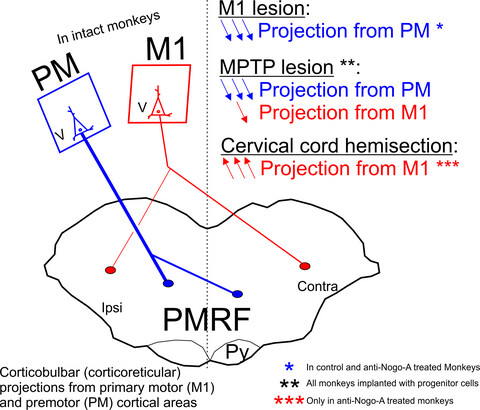
In intact adult macaques, the corticobulbar projections are denser when originating from PM than from M1. After unilateral lesion of M1, the projection from the ipsilesional PM was strongly reduced, both in presence or absence of anti-Nogo-A antibody treatment. After 1-methyl-4phenyl-1,2,3,6-tetrahydropyridine (MPTP) lesion (and following cell therapy), the projections from both PM and M1 also decreased. In contrast, after cervical cord hemi-section, the projection from M1 increased, but only in presence of anti-Nogo-A antibody treatment.
Isolation and characterization of neural precursor cells from the Sox1–GFP reporter mouse
- First Published: 03 October 2005
Decision and action planning signals in human posterior parietal cortex during delayed perceptual choices
- First Published: 11 March 2014

Functional MRI in healthy humans was used to study the process of accumulating noisy sensory evidence over time to guide a perceptual decision. When decision outcomes were reported through predefined actions, the most reliable neural signatures of the accumulation process were found in sensory-motor parietal regions involved in planning and executing the actions used to report the decision. However, decision- and action-related signals within these regions could be dissociated.
Light-dependent development of the tectorotundal projection in pigeons
- First Published: 09 May 2020
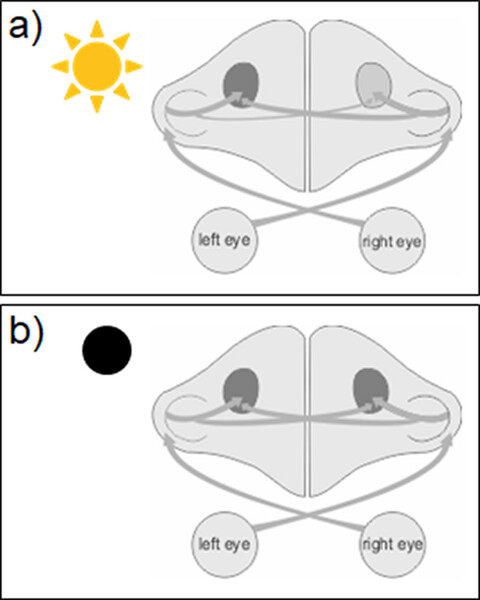
Retrograde tracing of the tectorotundal projection in light-exposed (a) and -deprived (b) pigeons indicates that asymmetrical light stimulation during embryonic development leads to an asymmetrical innervation of the left brain side. This asymmetry results from enhanced pruning of projection to the less stimulated right hemisphere and illustrates how biased visual input during early development modulates differentiation of bottom–up systems and modifies connectivity in both brain halves.
Hippocampus mediates nocebo impairment of opioid analgesia through changes in functional connectivity
- First Published: 10 May 2022
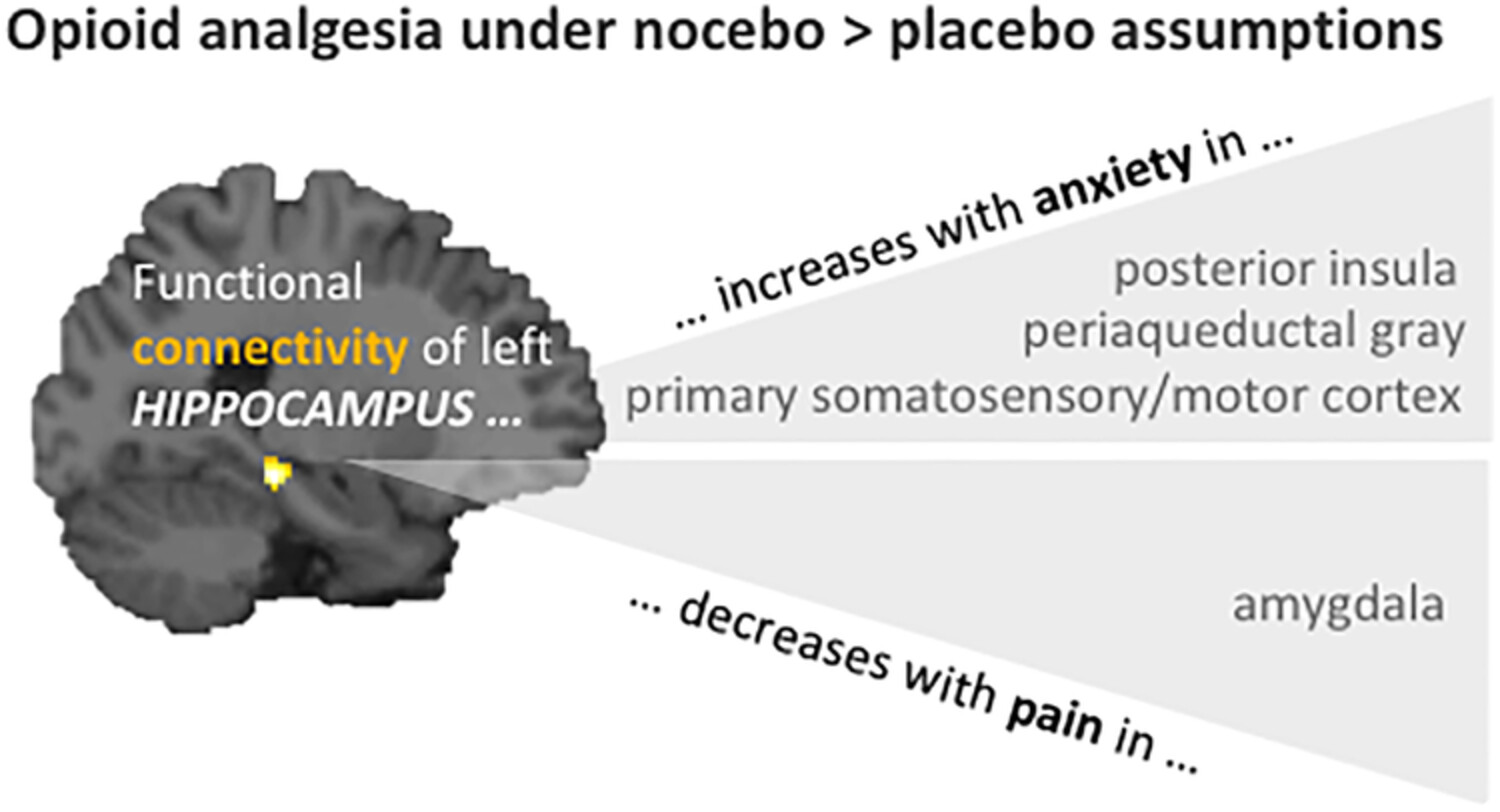
Using fMRI, we previously showed that hippocampal activity correlates positively with a nocebo-induced impairment of opioid analgesia in healthy human volunteers. Here, we follow up on these findings by showing that these nocebo-related changes are linked to an increase in hippocampal functional connectivity with posterior insula, periaqueductal grey and primary somatosensory/motor cortex (SI/MI) that scaled with ratings of anxiety and to a decrease in connectivity with the amygdala that scaled with pain intensity ratings.




